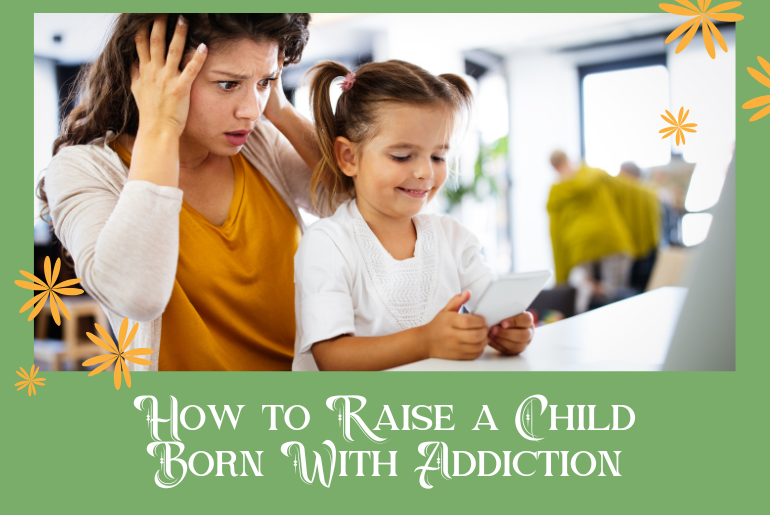Imagine orchestrating the perfect parenting duet, where each performer, despite having different styles, harmonizes together to create a symphony of love and care for their child. Co-parenting is this exquisite partnership between two individuals who, regardless of their relationship status, come together with the sole aim of providing the best possible upbringing for their child.
As the cornerstone of a new era in parenting, co-parenting fosters collaboration, communication, and mutual respect, defying the traditional norms and showing that, when it comes to raising a child, teamwork truly does make the dream work.
What is Co-parenting?

Co-parenting is a shared parenting arrangement between two adults who are not in a romantic relationship but have decided to raise their children together. This can happen when parents are separated, divorced, or never married in the first place. The goal of co-parenting is to provide a stable and nurturing environment for the children while minimizing conflict and stress between the parents.
Types of Co-parenting Arrangements
There are various types of co-parenting arrangements, including:
1. Parallel parenting: In this arrangement, parents share responsibilities for their children but maintain separate lives and minimize direct communication.
2. Collaborative co-parenting: Parents in this arrangement work closely together, communicate regularly, and make decisions together about their children’s well-being.
3. Blended family co-parenting: This arrangement involves co-parenting between divorced or separated parents and their new partners or spouses.
Benefits of Co-parenting
There are loads of benefits of co-parenting for children and their parents:
For the Children
- Provides stability and continuity in their lives
- Fosters a healthy relationship with both parents
- Encourages a strong support system
- Reduces exposure to conflict between parents
For the Parents
- Allows for a more balanced distribution of parenting responsibilities
- Facilitates emotional healing and personal growth after a separation
- Fosters a sense of teamwork and shared goals
Challenges of Co-parenting
As rewarding as co-parenting is, it poses the following challenges:
- Navigating conflicts and disagreements
- Managing communication between parents
- Balancing schedules and routines
- Establishing boundaries
Essential Co-parenting Skills
Successful co-parenting requires the following:

1. Communication
Open, honest, and respectful communication is crucial for successful co-parenting. This includes active listening, expressing your feelings and concerns, and finding common ground when making decisions about your children.
2. Flexibility
Co-parenting requires adaptability and a willingness to compromise. Be open to changing plans or making adjustments as needed to accommodate your children’s needs and your co-parent’s schedule.
3. Consistency
Consistency in rules, routines, and expectations between households is important for creating a sense of stability and predictability for your children.
4. Respect
Treat your co-parent with respect and courtesy, even when you disagree. Avoid undermining their authority or speaking negatively about them in front of your children.
Creating a Successful Co-parenting Plan
Use the following tips to create a co-parenting plan:
1. Setting Clear Boundaries
Establishing boundaries is essential for successful co-parenting. Discuss your expectations for each other’s roles, responsibilities, and involvement in your children’s lives. Make sure both parties are on the same page regarding discipline, education, and other important aspects of child-rearing.
2. Establishing a Schedule
Creating a consistent schedule for your children will help provide stability and predictability. This includes visitation schedules, holidays, and special events. Be prepared to make adjustments as your children grow and their needs change.
3. Deciding on Decision-Making Processes
Agree on how you will make important decisions about your children’s lives, such as healthcare, education, and extracurricular activities. This might involve joint decision-making, or assigning specific areas of responsibility to each parent.
4. Establishing a Communication Plan
Determine the best methods for communicating with each other, whether it’s through email, phone calls, or in-person meetings. Establish regular check-ins to discuss your children’s progress, address any concerns, and update each other on relevant information.
Co-parenting Apps and Tools

Several apps and tools can help make co-parenting more manageable, including:
- Shared calendars (e.g., Google Calendar) for scheduling and tracking events
- Messaging apps (e.g., WhatsApp or Messenger) for quick communication
- Co-parenting-specific apps (e.g., OurFamilyWizard, Coparently, or 2Houses) that offer features like shared calendars, expense tracking, and messaging
Dealing with Conflicts in Co-parenting
Conflicts are inevitable in any relationship, including co-parenting arrangements. Here are some tips for resolving disputes:
- Focus on the best interests of your children, rather than personal grievances
- Practice active listening and empathy, striving to understand your co-parent’s perspective
- Use “I” statements to express your feelings and concerns, instead of placing blame
- Consider involving a neutral third party, such as a mediator or counselor, if necessary.
FAQs
What is the difference between co-parenting and parallel parenting?
Co-parenting involves more collaboration and communication between parents, while parallel parenting focuses on minimizing interaction and maintaining separate lives.
How can I improve communication with my co-parent?
To improve communication with your co-parent, practice active listening, express your feelings and concerns openly, and find common ground when making decisions about your children.
What should I do if my co-parent isn’t following our agreed-upon plan?
Address the issue calmly and respectfully, focusing on your children’s best interests. If necessary, consider involving a mediator or counselor for assistance.
How can I ensure consistency in routines and rules between households?
Communicate regularly with your co-parent about expectations, and make an effort to align your approaches to discipline, schedules, and daily routines.
What if my co-parent and I can’t agree on major decisions?
If you’re unable to reach a consensus, consider seeking guidance from a neutral third party, such as a mediator or counselor, to help facilitate productive discussions.
What are the 3 types of co-parenting?
The three types of co-parenting are parallel parenting, collaborative co-parenting, and blended family co-parenting.
What is an example of co-parenting?
An example of co-parenting could be two divorced parents who maintain separate households but work together to make decisions about their child’s education, healthcare, and extracurricular activities, while also maintaining a consistent visitation schedule.
What is co-parenting and how does it work?
Co-parenting is a shared parenting arrangement between two adults who are not in a romantic relationship but have decided to raise their children together. It works by both parents collaborating and communicating effectively to ensure their children’s needs are met, providing a stable and nurturing environment.
What are the benefits of co-parenting?
The benefits of co-parenting include providing stability and continuity for the children, fostering healthy relationships with both parents, creating a strong support system, and allowing for a more balanced distribution of parenting responsibilities.
Conclusion
Co-parenting can be a challenging but rewarding experience for both parents and children. By focusing on open communication, flexibility, consistency, and respect, you can create a successful co-parenting plan that benefits everyone involved. Remember to seek support and utilize available resources, such as co-parenting apps and tools, to make the process smoother and more manageable.

Dedicated father, an accomplished psychologist, and an experienced educationist. With a passion for guiding parents on the rewarding journey of raising children, I am the perfect companion for all your parenting needs. My insightful and practical advice, coupled with my wealth of experience, makes me the go-to expert for all matters related to parenting. Follow this blog for a glimpse into the world of effective parenting and learn how to navigate the ups and downs of this beautiful journey with confidence and grace.




